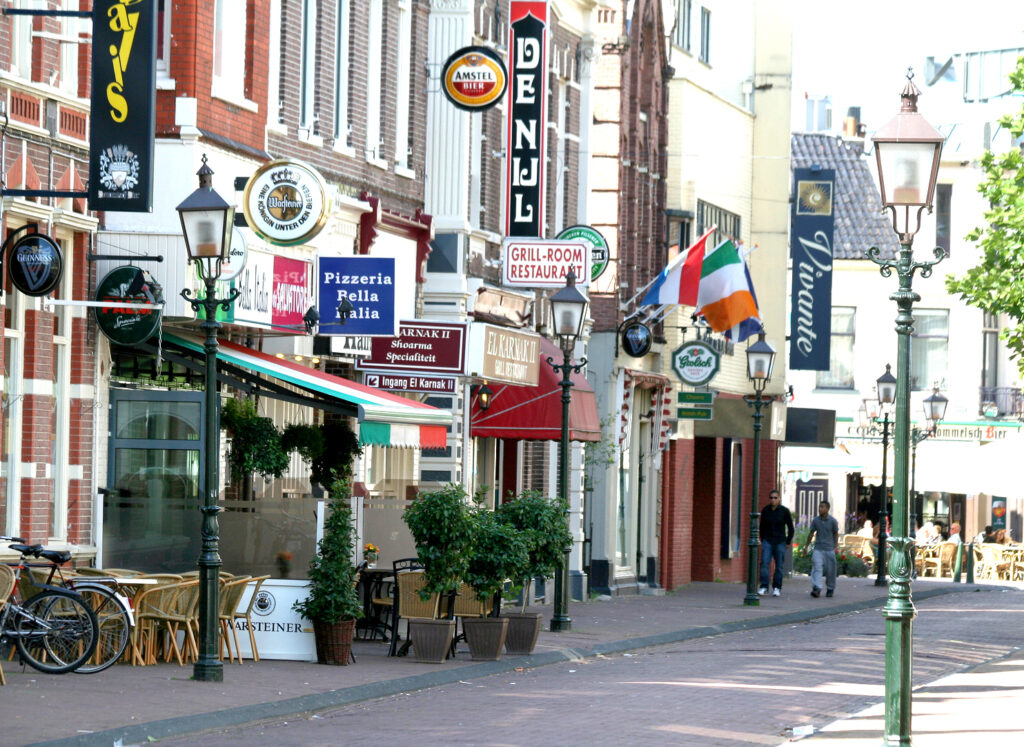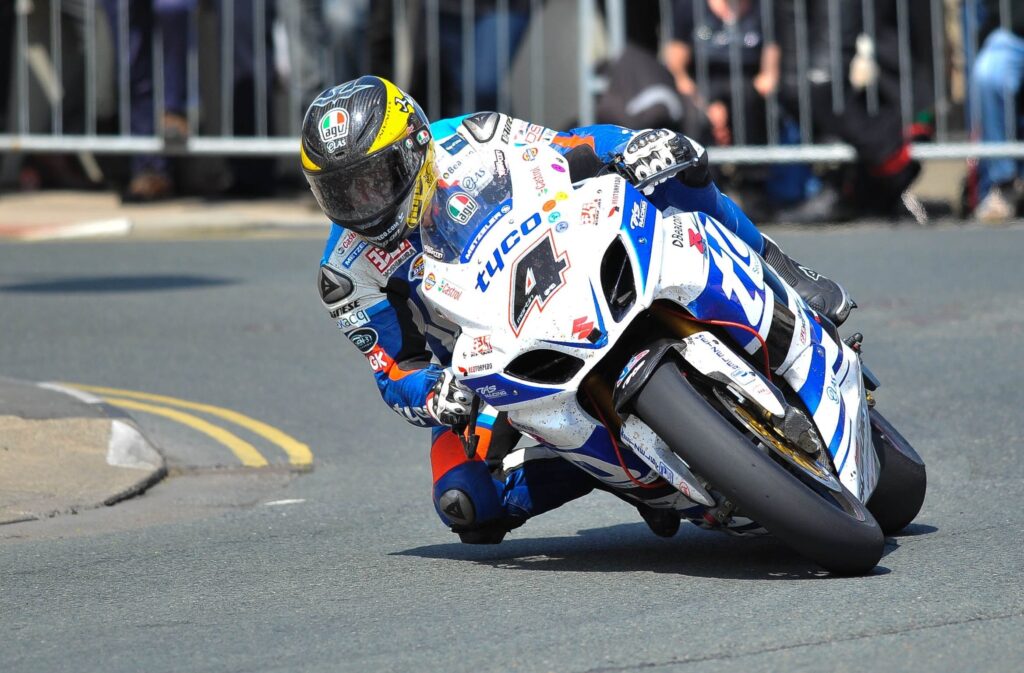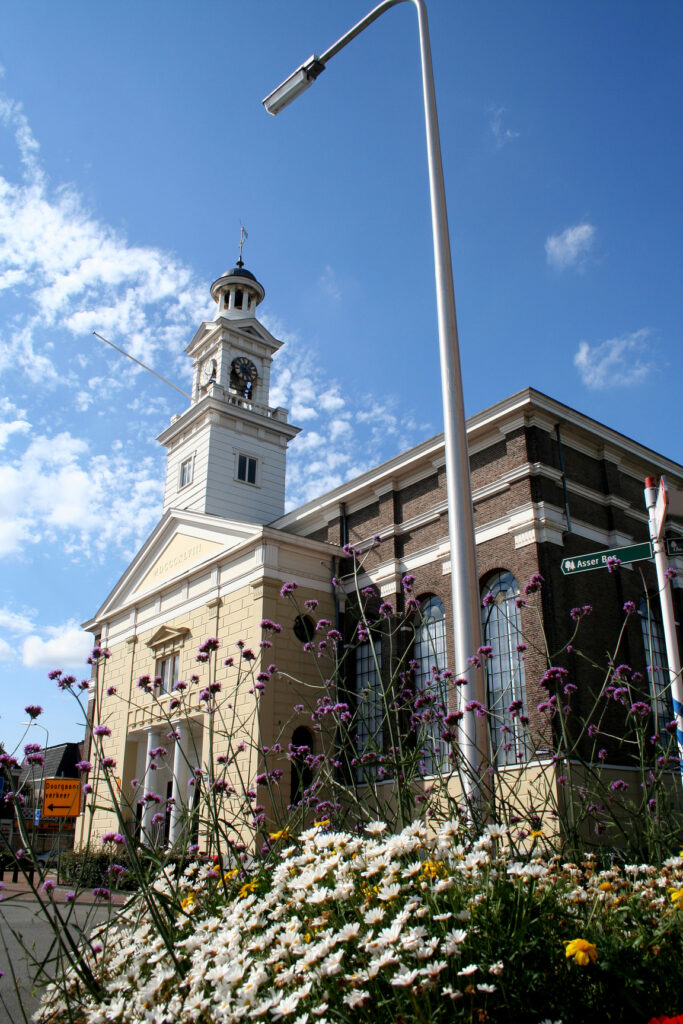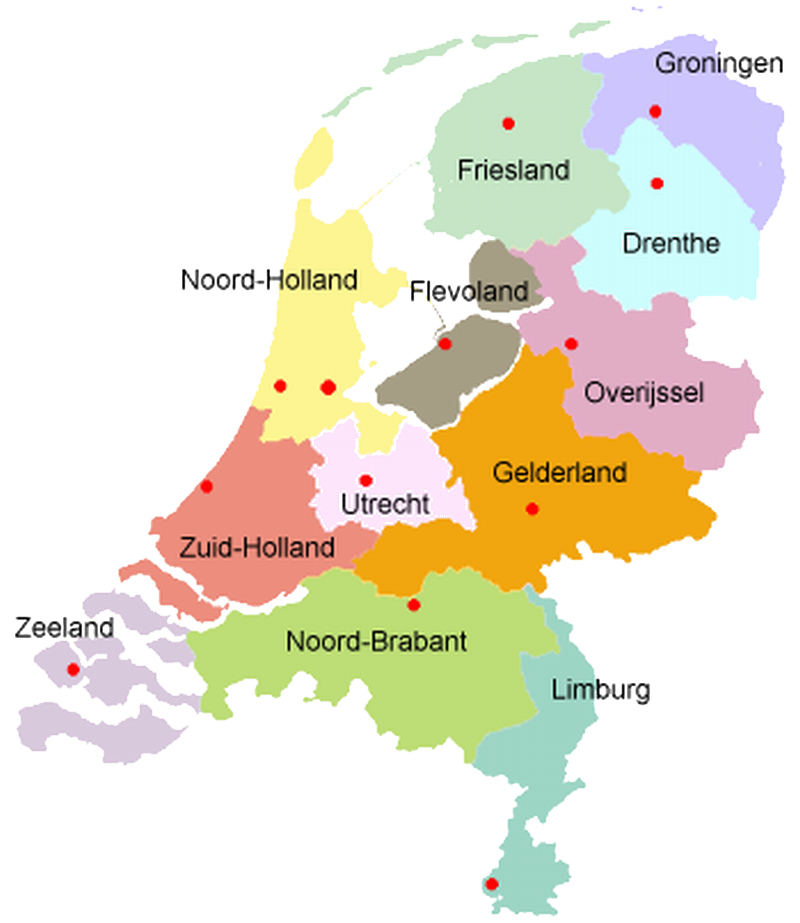ASSEN

Assen, a picturesque city in the Netherlands, is renowned worldwide for hosting the TT Assen, the oldest and most prestigious motorcycle racing event. The TT, or Tourist Trophy, originated in 1925 and has since evolved into a thrilling spectacle that attracts motorsport enthusiasts from across the globe.
The TT Circuit Assen, often referred to as the “Cathedral of Speed,” is a historic track known for its challenging layout and high-speed straights. The event, held annually in late June, is a highlight of the MotoGP calendar, featuring top riders battling for supremacy in various classes.
The TT’s unique atmosphere transcends the racing itself. The vibrant energy of the fans, known for their passionate support and orange attire, adds a special flavor to the event. Assen becomes a hub of excitement as visitors immerse themselves in the buzzing atmosphere, enjoying not only the races but also the surrounding festivities.
Beyond the track, Assen boasts a rich cultural heritage, with its charming architecture, museums, and welcoming locals. The combination of thrilling racing and the city’s warm ambiance makes the TT Assen a must-visit for motorsport aficionados, creating memories that linger long after the last rev of the engines. Assen and the TT are inseparable, forging a legacy that continues to captivate the hearts of racing enthusiasts worldwide.
bartje

Bartje is an iconic figure in Dutch literature, and his story is closely associated with the province of Drenthe, where Assen is located. Created by author Anne de Vries, Bartje became a symbol of resilience and simplicity, capturing the essence of rural life in the early 20th century.
The story of Bartje is set in the village of Orvelte, near Assen, during a time when rural communities relied heavily on agriculture. Bartje Bartels, the protagonist, is a young boy with a strong-willed spirit and a famous catchphrase, “Ik bid niet veur brune bonen” (I don’t pray for brown beans), expressing his dissatisfaction with the staple food of the time.
The narrative follows Bartje’s coming-of-age journey as he navigates the challenges of family life, poverty, and the harsh realities of rural existence. Despite facing adversity, Bartje remains a symbol of tenacity and independence.
The story gained widespread popularity through De Vries’s novels, and Bartje became an enduring cultural icon in the Netherlands. In Assen and the surrounding region, you can find tributes to Bartje, including statues and references that celebrate the character’s significance to Dutch literature and cultural heritage.
Bartje’s story resonates with many, not just as a fictional character but as a representation of the strength and spirit of the people in the Drenthe region, making him a beloved and enduring symbol in the heart of Assen.


By order of Louis Napoleon, the first king of Holland, who chose Assen as his summer residence, it became an independent municipality in 1807 and a city in 1809. This makes it one of the youngest cities with city rights in the Netherlands. The grand urban plan he had drawn up by the Italian architect Carlo Giovanni Francesco Giudici remained virtually unexecuted. In 1814 Assen became the capital of Drenthe. It had a population of 3,613 in 1840, rising to 5,948 in the year 1900. After 1900, the development of Assen gained momentum. In the period before the Second World War, employment and thus the population grew to about 22,000 people in 1940. The city of Assen is located in an esdorp landscape. In addition to the city of Assen, the municipality includes the villages of Witten, Loon, Rhee, Ter Aard, Ubbena, part of Vries, Zeijerveen and Zeijerveld. In addition, the hamlets of Anreep, De Haar, Scheven and Graswijk belong to the municipality of Assen.

TT Circuit Assen, ook wel de ‘Cathedral of Speed’ genoemd
De TT in Assen, een iconisch evenement in de motorsportwereld, trekt jaarlijks tienduizenden enthousiaste fans naar het noorden van Nederland. Het circuit van Assen, met zijn uitdagende bochten en lange rechte stukken, biedt een spectaculair toneel voor ‘s werelds beste motorcoureurs. De race staat bekend om zijn adrenaline-pompende actie en spannende momenten, en heeft een rijke geschiedenis die teruggaat tot 1925. Naast de races biedt de TT ook een levendige sfeer met entertainment, exposities en meer, waardoor het een must-see evenement is voor motorsportliefhebbers over de hele wereld.

On the blue coat of arms is a crowned statue of the Virgin Mary in white, with the Christ child on her right knee, whose head is surrounded by a halo. They sit between two golden columns. Shield holders are two climbing lions.
Jozef church

The Reformed Congregation in Assen has been holding church in the Kloosterkerk since the beginning of the 17th century. Due to the growth in the number of inhabitants and church members, this church became too small. In 1841, King William II was asked for a contribution for a new building. It was not until 1845 that the construction of the new building could actually begin. The building was dedicated by Reverend Pareau on April 30, 1848. In 1910, the church was struck by lightning, which burned down most of the tower. A year later, the tower could be rebuilt.
The building was thoroughly restored between 1979 and 1982. In 2002, the year 1848 was inscribed on the pediment in Roman numerals. In August 2021, a refurbishment of the church began.

The Drents Museum is an art and history museum in Assen, Drenthe, in the Netherlands. The museum was opened in 1854. It has a collection of prehistorical artifacts, applied art, and visual art. The museum also has temporary exhibitions.
https://drentsmuseum.nl/en








